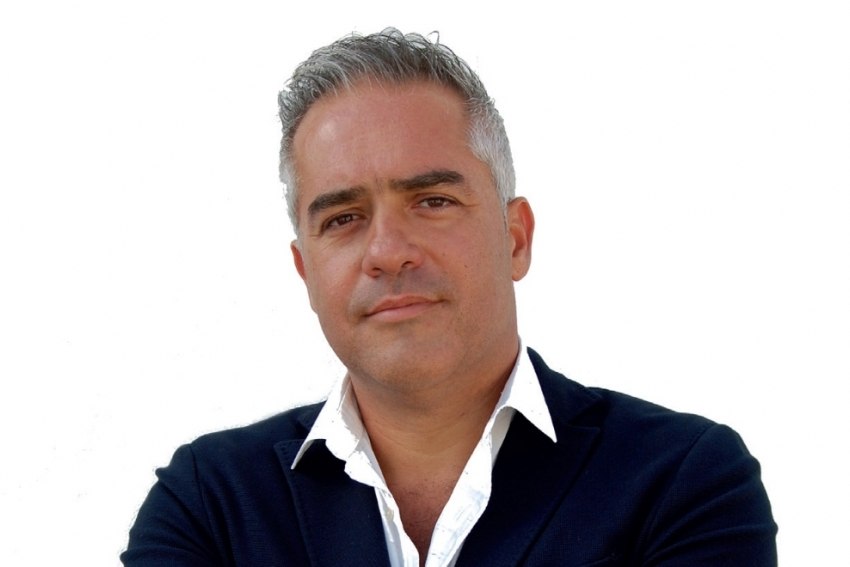The super communicator
06/01/2016
Fusion of traditional mass media ? press, television, radio, internet ?with digital, mobile and interactive platforms such as Facebook, Wordpress and Twitter, has revolutionized how to plan, enable and manage business communications.
This media convergence allows communication professionals to tell their stories, share information or activate your events in multi?platforms, combining mass communication and dialogue strategies with the end consumer.
Traditional media frame the stories according to their own agenda; consumers establish the level of interactivity, define, select and pre?configure what contents they wish to have access to; a communication manager has to balance detailed knowledge of the opportunities agenda, the specific interests of each media organization, every journalist, digital influencer, fan or customer, with a dynamic and interactive relationship management, also adaptable to any individual, whether he is an opinion leader or simply an end consumer.
The separation between communication, public relations, events or marketing departments, common in many large companies, does not make any sense today, as the whole process is totally interdependent and is inevitably intertwined.
Integrated communication results from POE, the traditional model of communication that segments media in Paid, Owned and Earned, and anticipates the business communication revolution, changing organizations, skills, chain of value, budget and especially the positioning of communication structures towards the consumer.
The dispute over the largest budget and the closest public relations and marketing management is over. There is no public relations department that is separate from the marketing department. Today, reputation, trust, disclosure, relationship with stakeholders, customers, consumers and sales are therefore linked in an integrated framework that articulates persuasion tactics with the art of telling a story, creating value, interacting and engaging the community.
Integrated communication combines different media. Content adapts and circulates among traditional and online media. However, it is in the digital space that is its essence.
The integrated digital communication space is one in which the story is its epicenter and that, in addition to opportunity, relevance or closeness between content and target, depends on a great capacity to operate all the content massification tools and result evaluating dashboards.
Therefore, the the new integrated communication professional is super versatile, having to combine basic knowledge of corporate communication, marketing, business management and creative writing, with technical knowledge of HTML 5, Javascript, SEO, databases and master a large array of of tools such as Google Ad Sense, Google Analytics and many other technologies, databases, platforms and utilities, which proliferate and that let you enable and evaluate digital communication.
You do not have all these skills? It is normal. Very few media professionals gather today some knowledge about each of these areas and, for now, the solution involves choosing multidisciplinary teams.
But, if you want to hold your future in your hands and be an integrated communications super manager, start learning as much as possible right now. This does not mean you have to master all these sciences, knowing how to program or a deep understanding of computer codes, but it does mean you have to understand how they work, how they become operational, what factors influence them and what opportunities they provide.
The good news is that these skills can be acquired online, in the office or on the sofa, using your laptop or your smartphone, accessing free and paid resources, through e?learning platforms, microlearning, digital certification, webconferences, webinars, whitepapers, case studies or other.


